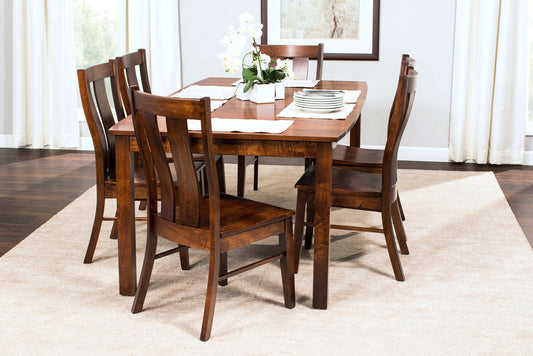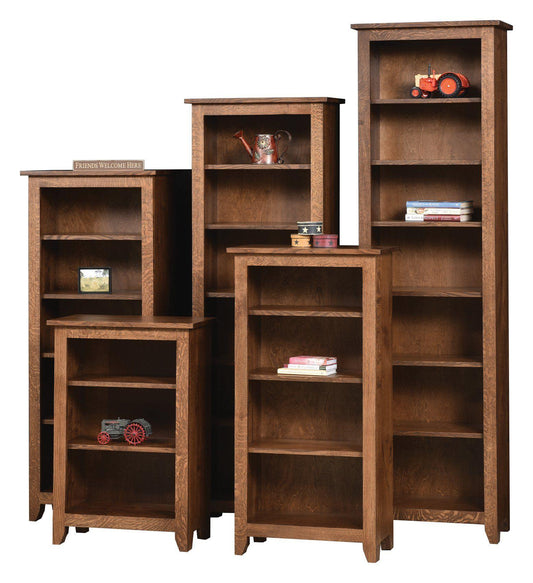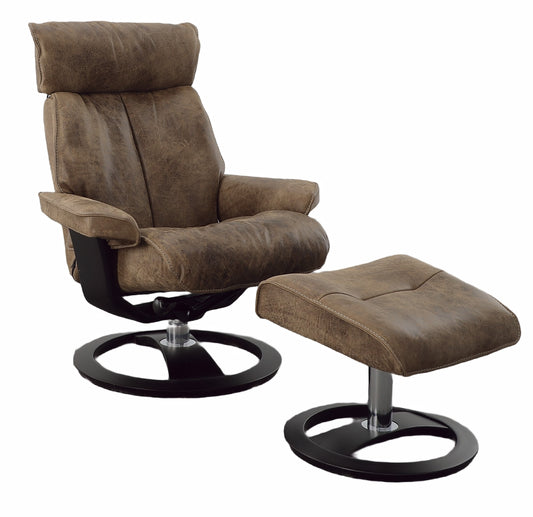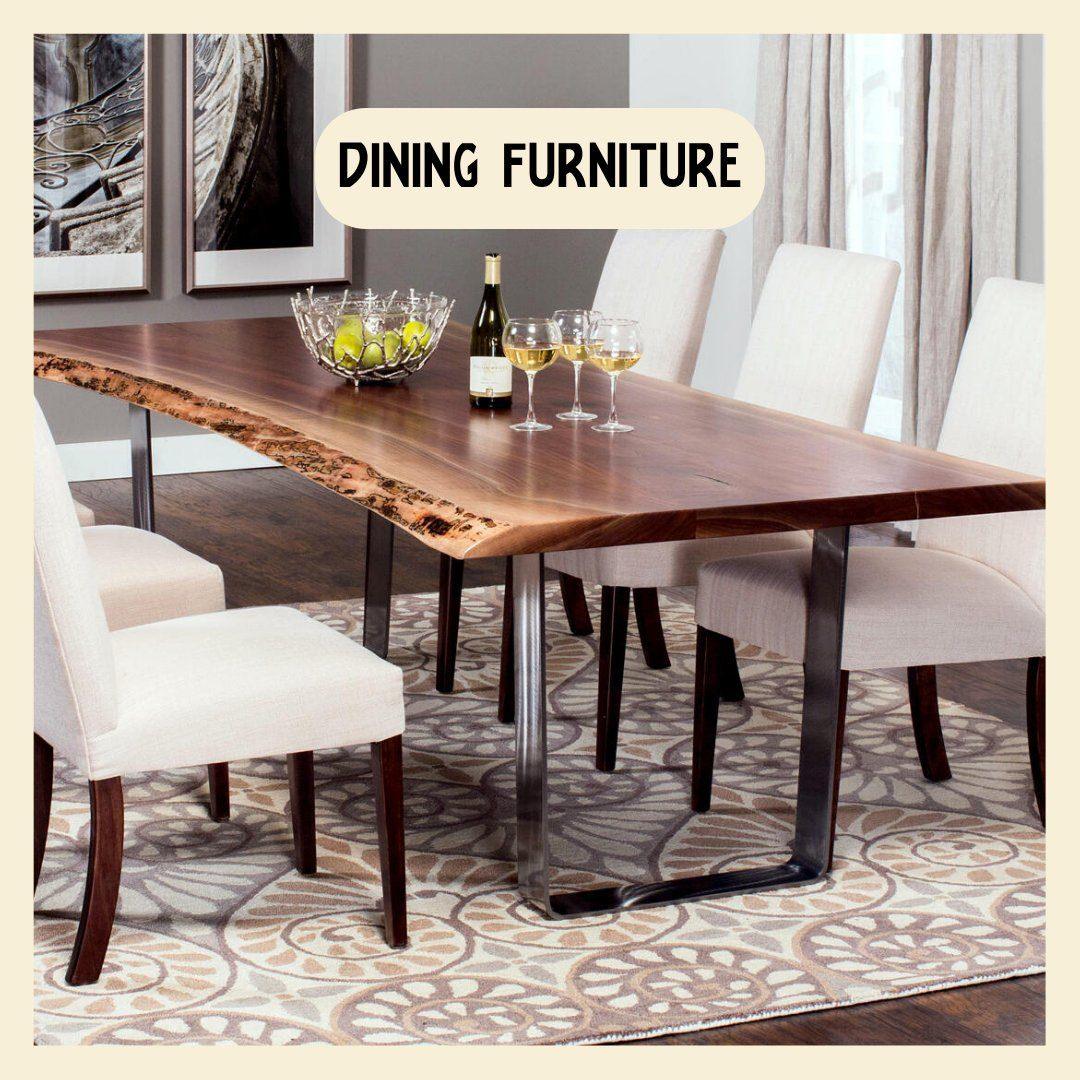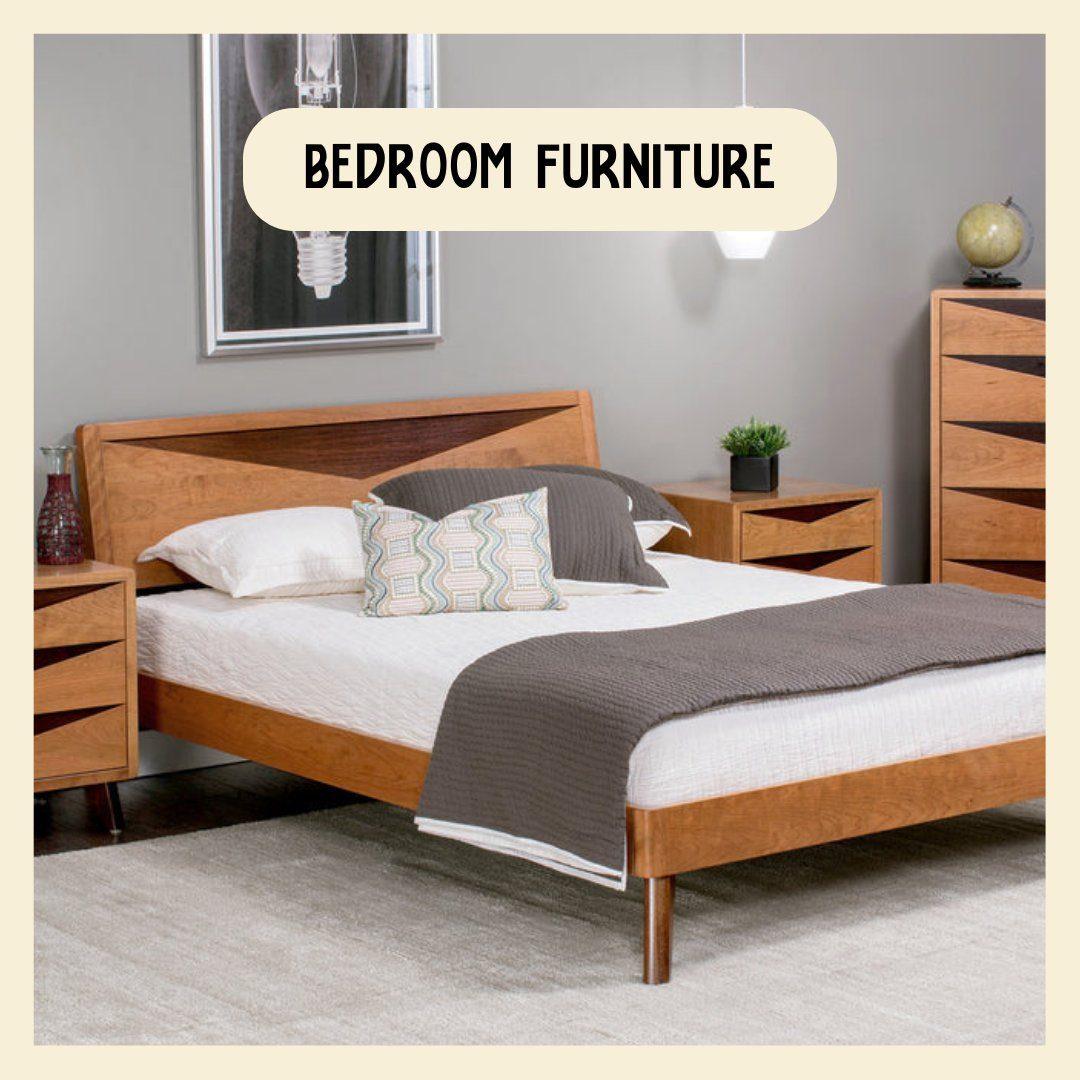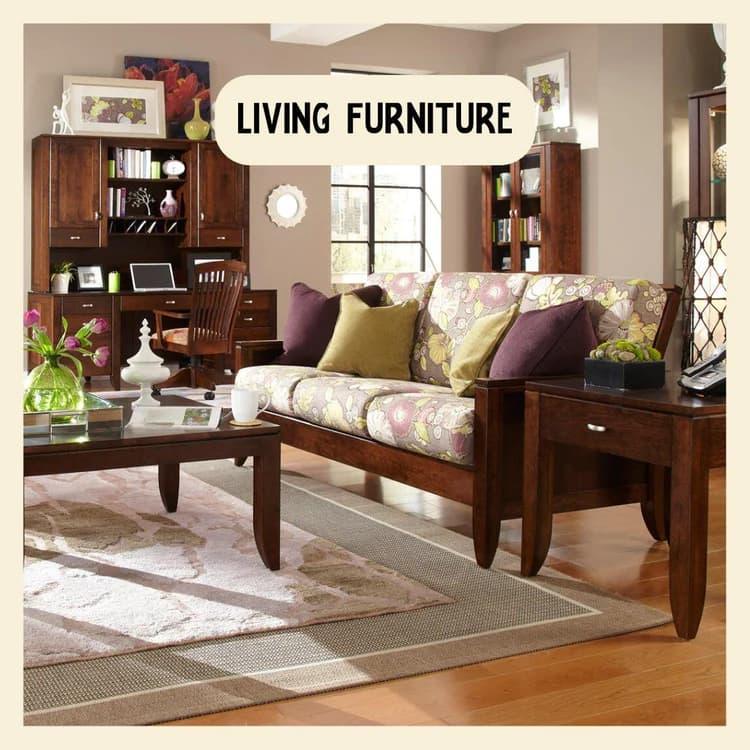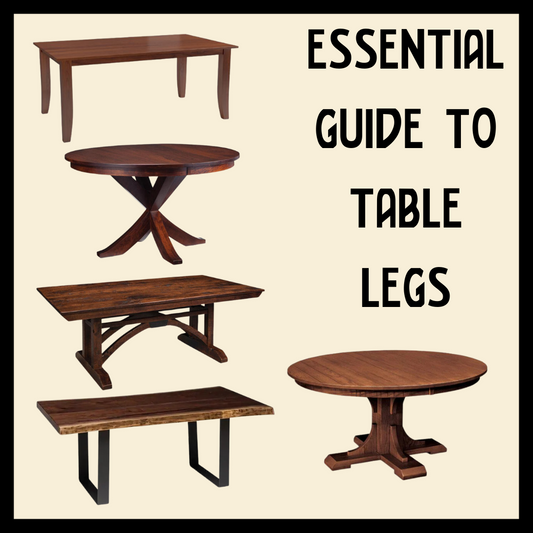Craftsman vs. Arts & Crafts: How to Choose the Right Style for Your Space
When it comes to timeless furniture design, both Craftsman and Arts & Crafts styles hold a special place in history. While these terms are often used interchangeably, people still ask how they are similar or different in functionality, craftsmanship and aesthetics.
This short guide will break down each style’s origins, key features, and ideas of what to buy so you can make an informed decision for your space.
History of the styles
The Arts & Crafts Movement, much more a social movement than specific style, emerged in England in the late 19th century as a response to cheap, mass produced goods of the Industrial Revolution. Instead of relying on factory workers, its philosophy emphasized a return to local artisans creating handcrafted goods with natural materials and artistry in everyday design. Pioneers like William Morris championed the movement as a way to celebrate individuality and craftsmanship.

The Craftsman style, popularized in the early 20th century, evolved as an American interpretation of this movement. With Gustav Stickley leading the charge, Craftsman homes and furniture prioritized simplicity, functionality, and durability, adapting the Arts & Crafts ideals to meet the practical needs of American families.
Key Features of Arts & Crafts Style
Arts & Crafts is less a style and more a broader philosophy and social movement. Rooted in a desire to move away from mass-produced goods, it celebrates craftsmanship and individuality. Core characteristics include:

- Raw materials focused on natural qualities
- Designs, motifs and patterns inspired by nature
- Simple forms focusing on the construction of the object
Architecturally, it encompasses many styles creating a mood that is informal, simple and focused on nature and natural materials. The best examples of this type of architecture can be found where the movement began across the Atlantic. The Red House, co-designed by architect Philip Webb and designer William Morris, in Southeast London exemplifies the early Arts & Crafts Style.
Furniture designed in this style is:
- Lighter and more decorative than its later Craftsman counterpart
- Thinner lines, occasional intricate carvings, inlays, and curved boards
While it shares the handcrafted ethos of Craftsman, it adds a touch more flair to its designs while keeping ornamentation secondary to utility.
Key Features of Craftsman Style
Craftsman homes are defined by their distinctive architectural elements, including:
- Low-pitched roofs
- Wide eaves
- Exposed beams
- Welcoming porches
-
Handcrafted details that blend seamlessly with nature

Interior design in Craftsman homes emphasizes practicality with built-in furniture, natural wood finishes, and earthy color palettes.
Furniture designs, inspired by Gustav Stickley, showcase clean, simple lines, sturdy construction with seamless fit and finish, solid wood materials like oak, and an avoidance of unnecessary ornamentation.
|
Arts & Crafts |
Craftsman |
|
|
Materials |
Natural & handcrafted - wood, leather, canvas, copper and iron |
Solid natural woods - oak is most commonly used followed by cherry and maple |
|
Decorative Detailing |
Showcasing decorative applications, more elaboration with occasional use of carvings, metal and stained glass |
Minimalist - clean lines, simple shapes, lack of ornamentation Metal drawer pulls, knobs and hinges |
Shopping these styles at Modern Bungalow
Looking for Arts & Crafts?
Arts & Crafts styling and detailing can be found most notably in the works of William Morris.

Shop William Morris Accessories
Looking for Craftsman?
Pieces that are ‘chunkier’ like those in the Simply Amish McCoy Collection have key elements of the craftsman style. The McCoy Panel Bed, McCoy Craftsman Bookcase and McCoy Trestle Table are just a few examples within this collection.
For lots more options, choose Craftsman Style Furniture under Shop by Style on our website.

Final Thoughts
Craftsman and Arts & Crafts share common roots, yet their subtle differences make them unique and appealing in distinct ways. Choosing between the two styles comes down to your personal preferences, the size and function of your space, and your design goals.
Whether you prefer the sturdy practicality of Craftsman or the more artistic elegance of Arts & Crafts, both styles offer timeless beauty that lasts. Explore more design ideas by consulting with us in store or online as we help you craft your perfect space.

